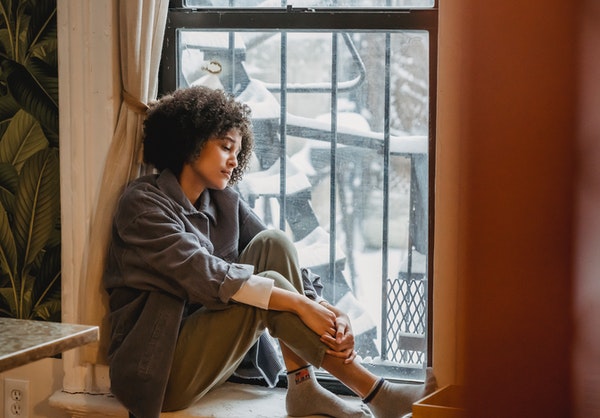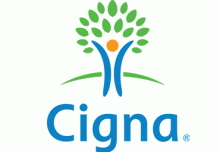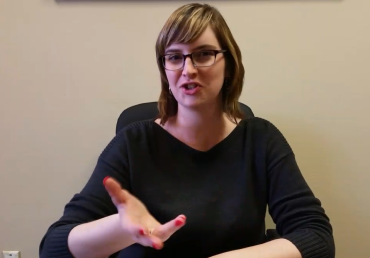Winter Blues
As fall progresses, a lot of individuals will begin to suffer from Seasonal Affective Disorder, or SAD. SAD is a form of depression that is triggered by the change in seasons, primarily during fall and winter when the weather becomes darker and colder. One of the main reasons why it hits the hardest during those months is because of the shortening day, which results in a lack of sunlight.
The Cleveland Clinic lists a few different theories on how the lack of sunlight can affect your mood. They are as follows:
- Biological clock change. As there is less and less sunlight, your biological clock can begin to shift. Because your inner clock is responsible for regulating mood, sleep, and hormones, it can become difficult to manage your emotions.
- Brain chemical imbalance. Chemicals send messages between our nerves. One of these chemicals is serotonin which contributes to feelings of happiness. Serotonin can be influenced by sunlight, and so the darkness of fall and winter affects mood.
- Lack of Vitamin D. Vitamin D also plays a hand in serotonin levels, and since the sun contributes to Vitamin D production, a lack of sunlight causes a change in serotonin and emotion.
- Melatonin overload. Melatonin is a chemical that determines sleep patterns. The lack of sunlight may sometimes create an overproduction of melatonin in some people. Thus, making them feel sleepy and sluggish.
Light Therapy as Treatment
One of the most common treatments for SAD is light therapy. Light therapy is exposure to artificial light with the intention of replacing the lack of sunlight that is experienced during the fall and winter days.
Light therapy only requires a light box. The specific brand and type of light box should be discussed with your doctor before purchasing to ensure it poses no risk to your other conditions, treatments, or medications, or is an ineffective knockoff.
Light therapy itself is easy, noninvasive, and can be completed during other tasks like eating, working, or simply watching tv. Light therapy is most effective when it enters the eyes indirectly. Because the light source inside the light box is bright enough to mimic sunlight, it has the capacity to damage your eyes if looked into straight on.
If you want to get the most out of your light therapy, you need to consider light intensity, duration, and timing.
- Intensity. To treat SAD, it is recommended to use a 10,000-lux (amount of light you receive) light box kept at a distance of 16-24 inches from the face.
- Duration. If you are using the recommended intensity of 10,000-lux, you only have to perform therapy for 20 to 30 minutes a day to feel a biochemical change. However, if you are using a lower intensity, you will need to sit in the light for a longer time.
- Timing. Usually, light therapy is best when done in the morning after you wake up, which is when you’d naturally be exposed to sunlight in normal circumstances. However, you should consult with your doctor to create a perfect light therapy routine for you.
While, ultimately, light therapy does not get rid of Seasonal Defective Disorder, it can help lessen the symptoms and allow for some relief during the fall and winter.
Agents
We hope that this information on light therapy and seasonal affective disorder is useful to you.
Empower Brokerage is dedicated to helping you make informed decisions about your health and finances. Whether it’s through webinar training, one-on-one calls, seminars, or marketing plans, we want you to be successful!
Give us a call at 888-539-1633 or leave a comment below if you have any questions.
Quick links:
Kayla is a graduate of Texas A&M University and joined the marketing team at Empower Brokerage in early 2021. She creates content for the company websites and assists with various marketing campaigns. LinkedIn Profile





